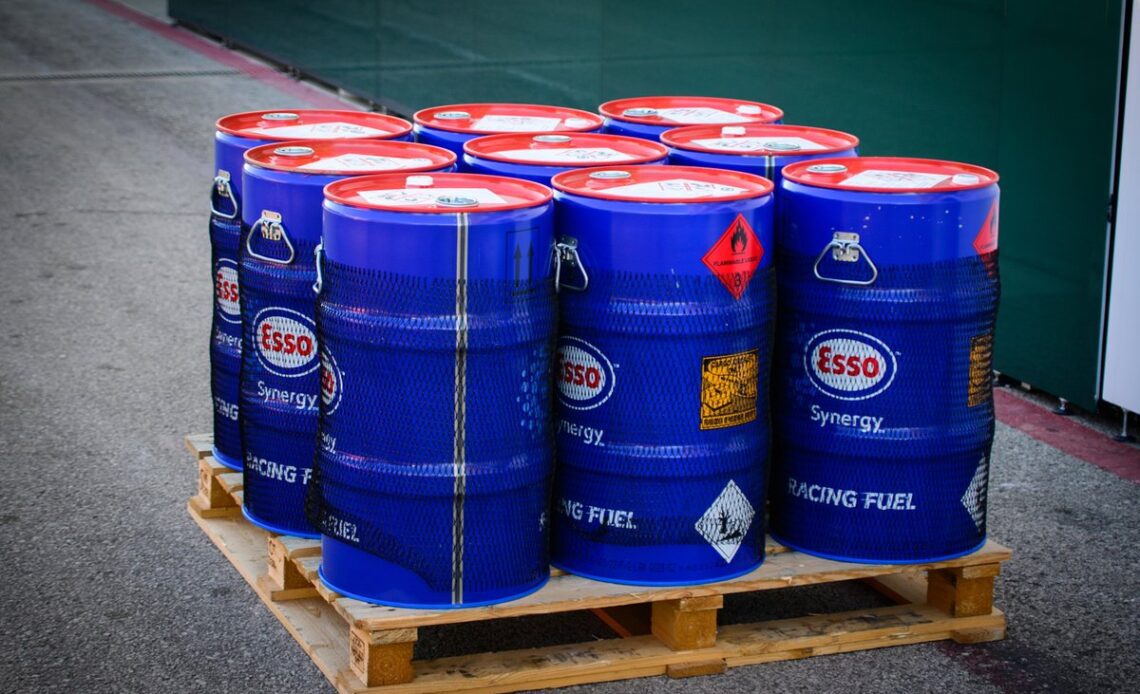F1 is pushing ahead in abandoning fossil-based products from 2026, as it makes the commitment for cars to be fuelled by 100% sustainable fuel.
The move forms part of a joint effort for the series to be carbon neutral by 2030, as well as hoping that the championship’s best brains can come up with a drop-in fuel that will then be available to the public to help reduce pollution in the wider world.
With F1 eager to push the boundaries of technology in coming up with the best solution, there is the obvious risk that teams could end up getting locked in an expensive battle to create ever more exotic solutions in the quest for success.
F1’s chief technical officer Pat Symonds is mindful of the dangers of that happening, which could scupper the possibility of the fuel ever being commercially viable for the public.
However, he thinks the approach F1 has taken in imposing new regulations should be enough to deter fuel suppliers from trying to do anything too outlandish.
In particular, he thinks the fact that fuel-flow regulations will stipulate a maximum energy flow of 3000 mega Joules per hour, rather than the current mass of 100 kilogrammes, will be significant in keeping a lid on things.
“We’ve thought about it quite a lot, actually,” said Symonds about the danger of an expensive arms race.
“And right from the start, Aramco has been very involved with advising us on how to formulate these fuels, and indeed have made many candidate fuels for us to test and to understand the sensitivities of various things.
“I think the fundamental answer lies in the fact that we move from a mass flow to an energy flow. If we’d stayed on a mass flow, I think there was every reason, even within the very carefully formulated regulations, to believe that someone may have been able to do that.
F1 Fuel for the weekend
Photo by: Erik Junius
“But if you are limited on energy, then in simple terms it is converting that energy into power that matters. And you won’t run away with things.”
Symonds is well aware, however, about how aggressive teams can be in F1 in their quest for performance, so has not ruled out some of them pushing hard to find an extra edge.
“There are nuances to that,” he said. “And there’s more to a good fuel than just what its energy content is. There are all sorts of things: it is volatility, it’s the flame speed. There are all sorts of things that define a good fuel.
“But. if anything, I think what we’ve done and what we’ve really concentrated on is…
Click Here to Read the Full Original Article at Autosport.com – Formula 1 – Stories…

